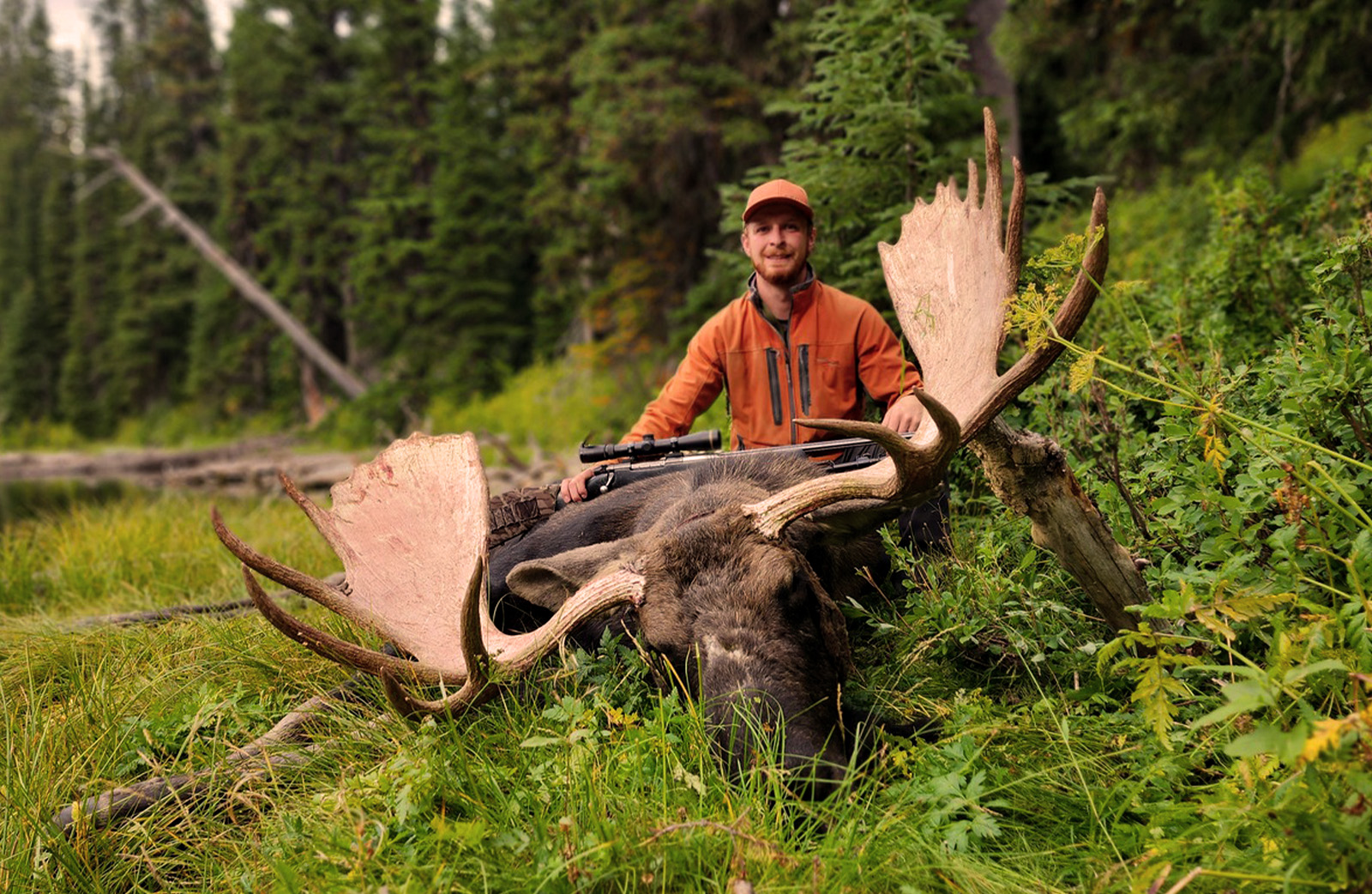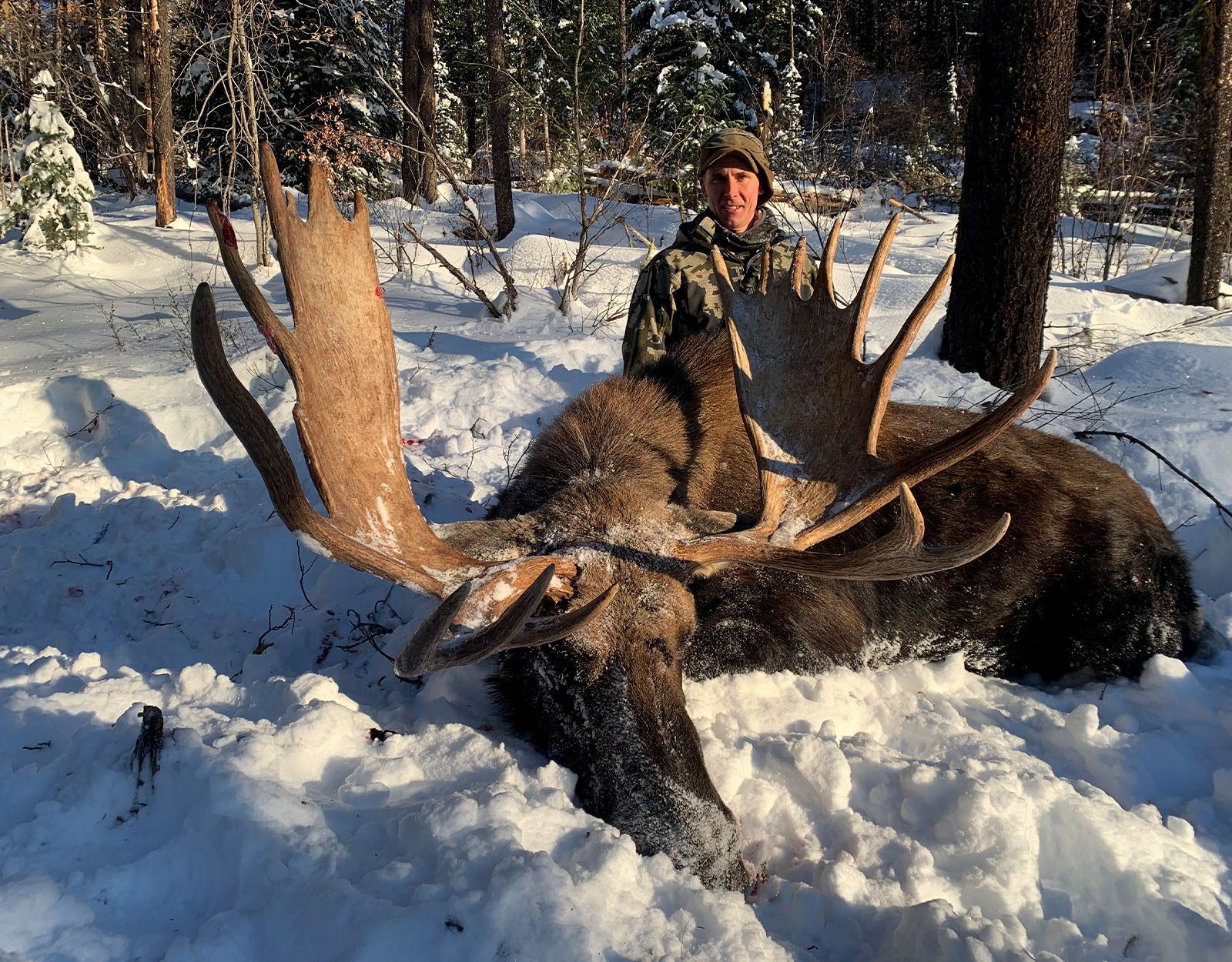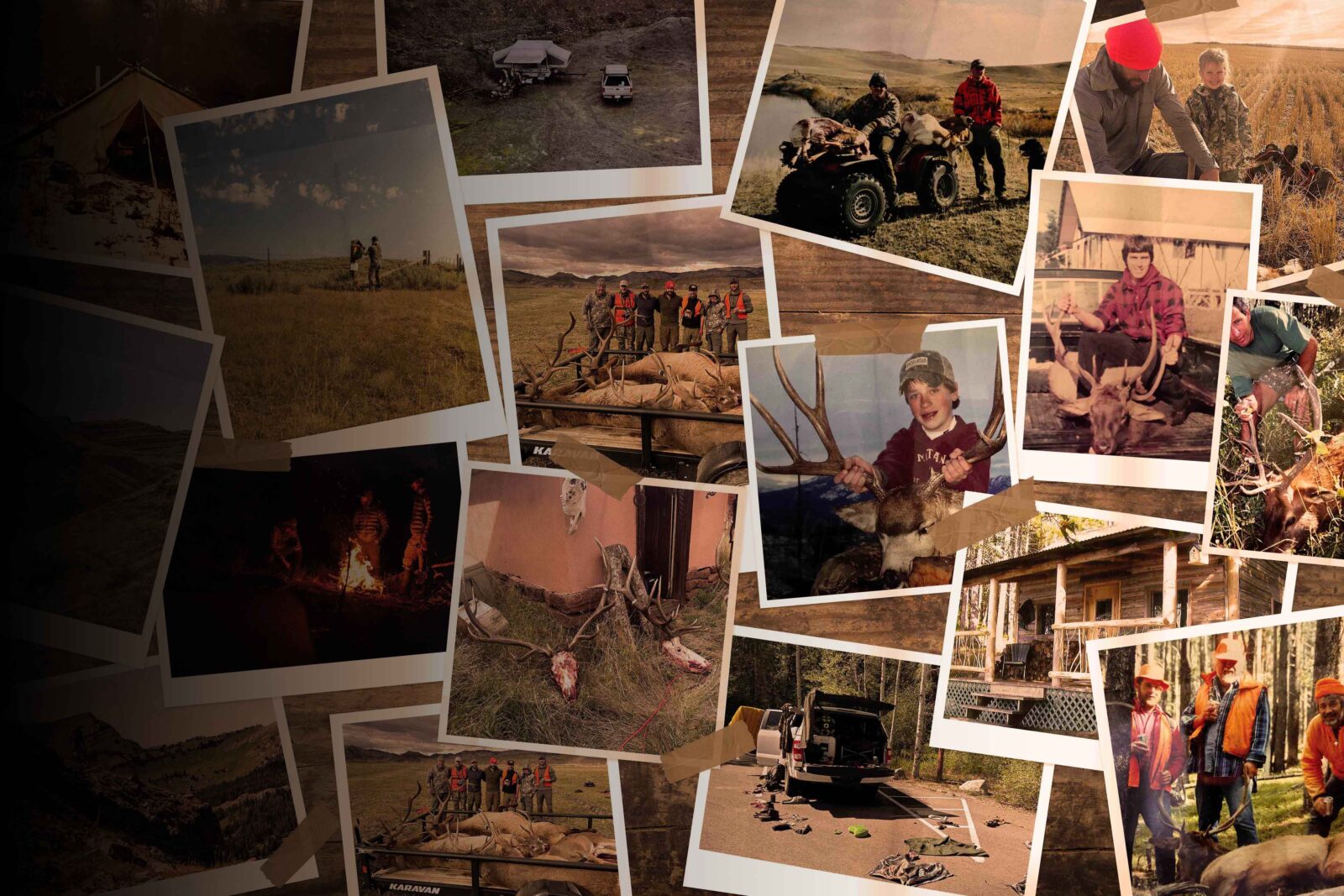From Robert Hanneman on the Huntin’ Fool team: If I could hunt moose every year, I would give up elk hunting.
Elk are fun to hunt, but nothing beats calling in a big, old rutting moose. If you’ve never had the chance to hunt moose, you’re missing out. Everything about moose hunting is great except for the pack out. The first time you walk up on a moose on the ground, you’re overwhelmed by the size of them, and as you have a quarter on your back, you swear you will never shoot another moose. However, as soon as the last load is out of the field, you forget the pain and can’t wait to do it again. In my family’s opinion, moose meat is the best meat of all the big game animals in North America. I have been lucky enough to harvest two bulls and have guided a number of moose hunters. Every year, I’m excited for my next opportunity to hunt moose.

Moose Hunting Experience
The first moose hunt I went on was in 2001 in Montana’s unit 100. It was a major learning experience as the country was so thick that it was nearly impossible to glass. We hunted hard, and my friend killed a 40” bull. In 2004, I drew a Montana Shiras moose permit. I had applied for unit 102 as it was a more glassable unit and fit my hunting style better. I thought this was going to be an easy hunt as I had seen moose a number of times before while hunting deer and elk. I could not have been more wrong.
I killed my Montana bull on the 24th day of hunting. I had opportunities to kill good bulls, but I was looking for a giant. In late November, while hunting with my wife, we spotted my bull. After a quick stalk in the snow, we were standing over a 52″ Boone and Crockett bull. The only thing that could have made the moment better was if the bull had not been three and a half miles from the road. With the help of three good friends and my wife, we were able to get the bull out the next day.
My second moose hunt was a guided trip with Jarrett Deuling of Deuling Stone Outfitters in the Yukon. Knowing how good moose meat was, I decided to drive to Whitehorse so I could bring all the meat home. I had the choice of a river float hunt, a lake hunt in a cabin, or a horseback hunt. I chose a horseback hunt as I really wanted to experience as much of the country as possible. We rode up into a remote valley and spent 10 days chasing rutting bulls. I was able to take a great bull, and as a bonus, I was lucky enough to shoot a couple of wolves. To this day, this is one of the best hunts I have ever been on.
Moose Sub-Species
There are three subspecies of moose recognized by Boone and Crockett, Pope and Young, and the North American Big Game 29:
- Alaska-Yukon moose
- Canadian moose
- Shiras moose
Safari Club International recognizes the Eastern Canadian moose as a separate species from the Western Canadian moose. As a general rule, the moose get smaller in body and antler size as you move south from the Alaska-Yukon country down into the lower 48.
Moose Records and Minimum Entries
When talking about trophy size, most hunters go off width and not score. The magic numbers are 60″+ for Alaska-Yukon moose, 50″+ for Canadian moose, and 40″+ for Shiras moose. If you just want one set of moose antlers in your trophy room, your best bet is to go north to Canada or Alaska and book a hunt. If you want all three different moose species, you need to apply for Shiras moose. If you are planning on hunting moose in Canada, remember that you have to go outfitted. We work with some of the best moose outfitters in North America, so give Huntin’ Fool a call to book a great moose hunt.
| Moose Subspecies | Boone & Crockett World Record | Boone & Crockett Awards Minimum | Pope & Young World Record | Pope & Young Minimum |
| Alaska-Yukon | 266 4/8″ | 210″ | 249 1/8″ | 170″ |
| Canadian | 242″ | 185″ | 222 1/8″ | 135″ |
| Shiras | 205 4/8″ | 140″ | 192″ | 125″ |
Alaska-Yukon Moose
Alaska-Yukon moose is the largest of all the moose subspecies. They are found throughout Alaska, Yukon, and the Northwest Territories. If you want to do a self-guided hunt, Alaska is your only option unless you are a Canadian resident.
Alaska offers all kinds of opportunities for a self-guided moose hunt. Most people who go to Alaska end up doing a ridgetop hunt, a lake hunt, or a river float hunt. There are also a few areas where you can use ATVs to access moose country. There is a lot of information and books out on floating rivers in Alaska for moose. There are also a number of companies, including air taxi services, that offer hunt planning kits and rent all the rafts and gear necessary to do the hunt. Most hunt planning kits run $8,500-$12,500, depending on whether they include air travel and gear rentals. If you are looking for a fully guided Alaska-Yukon moose hunt, expect to pay between $25,000 and $45,000 with any of the top outfitters in Alaska or the Yukon Territories.
Alaska also offers moose draw tags. These draw tags are not necessarily better than the open units throughout Alaska. Alaska created these draws in units that were growing in popularity, to limit the number of hunters, and/or in units that were exceptionally accessible. We list a number of the draw hunts in the Alaska state section in the December issue of the Huntin’ Fool magazine every year.
Alaska is a big state, but the moose densities are low per square mile. There isn’t a moose around every corner, and more than one good hunter has come back humbled by Alaska. On average, the success rate of self-guided moose in Alaska is around 25%. Most hunters who use a hunt planning service have around 50% hunter success, whereas guided clients average over 85% hunter success. Now is a great time to be hunting moose in Alaska. Their population is doing well, and there are a lot of opportunities. With the price increasing every year, I would suggest doing an Alaska moose hunt sooner rather than later.

Canadian Moose
Typically, the biggest Canadian bulls come from Northwestern British Columbia. A fully-guided Canadian moose hunt is going to run $8,500-$25,000+, depending on where you want to go. The further north the hunt is typically the more expensive it will be. The moose hunts in Eastern Canada are usually less expensive, but on average, hunters are harvesting smaller bulls. Canada has every type of moose hunting available. You can book a river float hunt, a boat hunt on a lake, horseback hunts, lodge hunts with vehicle access, and everything else in between.
Canadian moose include moose from the rest of Canada, Maine, Vermont, New Hampshire, North Dakota, and an unhunted herd in Minnesota. Maine, Vermont, New Hampshire, and North Dakota all offer their moose permits through the draw process. We cover all of those states in our magazine, except for North Dakota as they do not allow non-residents to apply for moose. If you are looking at a self-guided hunt, drawing a tag or purchasing a Governor’s tag in one of those states are your only options.
Canadian moose vary the most in body size. The bulls up by the Yukon border are bigger than the bulls the further south you go. The moose just north of the Idaho, Montana, and Washington borders are considered Canadian moose by Boone and Crockett and Pope and Young, but SCI and Super Slam consider them Shiras moose. If you are trying to complete the Super Slam, many hunters have shot their Shiras in Southern Alberta and British Columbia north of the U.S. border.
Shiras Moose
The smallest moose found in North America is the Shiras moose. They can be hunted in Colorado, Idaho, Montana, Utah, Washington, Wyoming, and—new for 2024—Nevada residents will get a chance to hunt moose in their home state. There is also a small unhunted herd in Oregon. Almost all of the tags to hunt Shiras moose are issued through a draw. There are no over-the-counter tags available for Shiras moose. Almost every state has raffle tag opportunities and Governor tag opportunities, and there are a few landowner tags available in Utah. As you can see, Shiras moose is the most difficult subspecies to get due to the limited hunting opportunities.
If you apply for Shiras moose, make sure you put your application in Idaho as they have the best draw odds in the West. A lot of units in Idaho have 3%-15% draw odds, whereas the rest of the states are more like 1% draw odds for non-residents. In our magazine, we cover all of the states that offer Shiras moose tags, and our License Application Department applies hunters in each of the states available for Shiras moose. Each year, a number of lucky Huntin’ Fool members draw Shiras moose tags throughout the West.
If you draw a Shiras moose tag, you should set aside two weeks to hunt. Moose densities are low throughout the West, and you are going to have to cover a lot of country to find the bull you are looking for. Most of the Shiras moose units have outfitters, and you can expect to pay between $6,500 and $13,000 for an outfitted hunt if you draw a tag. If you are looking for a guaranteed tag with an outfitter, you will be looking at $30,000+.


Your Complete System for Securing Tags
Whether you’re chasing a once-in-a-lifetime hunt or just looking to fill the freezer, your season starts with onX Hunt’s application tools—all included with an Elite Membership:
- Hunt Research Tools: Draw odds, tag trends, and harvest stats for 11 western states (Washington is not yet available) to help you decide where to apply.
- Huntin’ Fool: In-depth insights to navigate state-specific systems and build better strategies.
- HuntReminder: Text and email alerts so you never miss a deadline.
One membership, every tool you need to make 2026 the year.
